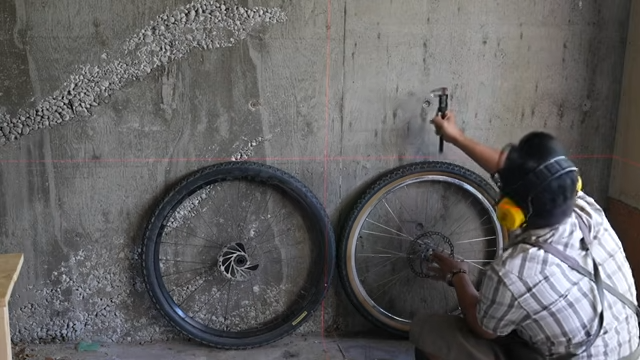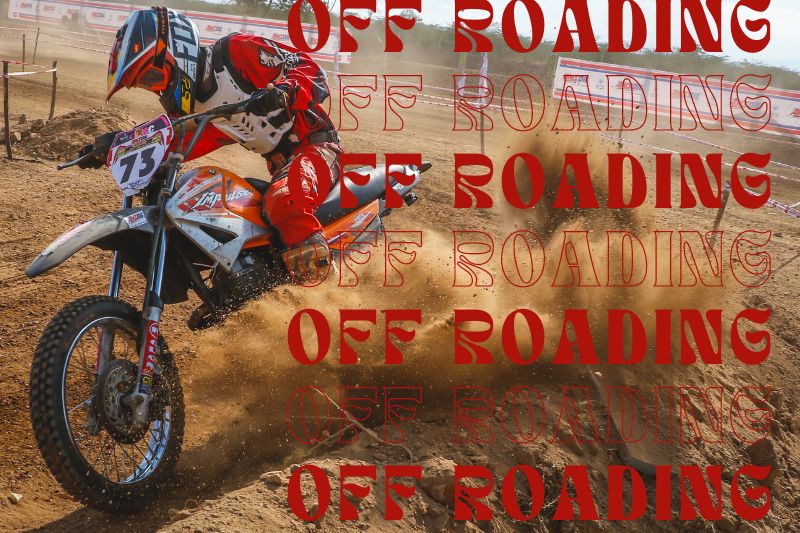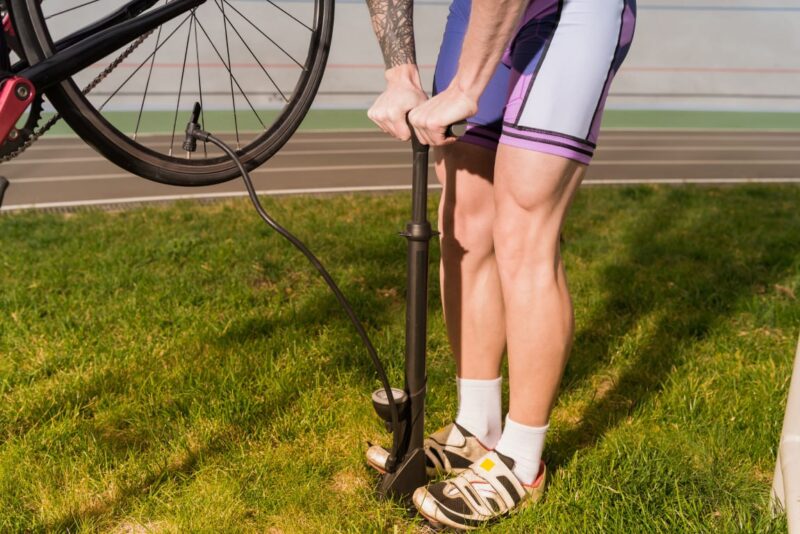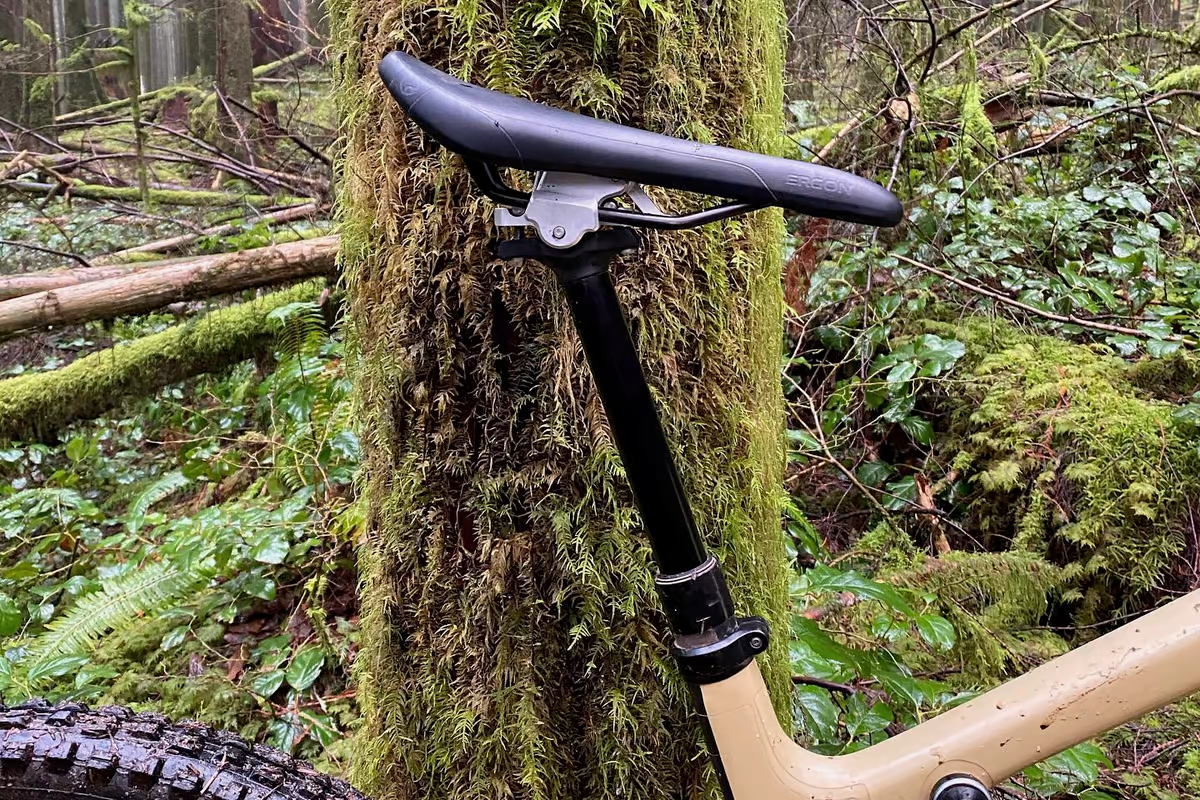
In the cycling world, understanding the compatibility between different bike tire sizes is crucial for maintaining your ride’s performance and ensuring a seamless experience. One common question that often arises is whether 700c bike tires can be used on 29er bicycles.
The relationship between 700c and 29er is a topic that can typically create confusion among cyclists. While they may appear similar, there are distinct differences that you need to consider when contemplating tire interchangeability.
Key Takeaways
- 700c and 29er bike tires have distinct size differences that impact compatibility.
- Factors such as rim width and clearance must be considered when swapping between sizes.
- Proper pressure and performance characteristics can vary between 700c and 29er
- Consulting with a professional bike technician can help ensure a safe and successful swap.
- Paying attention to size compatibility can prevent issues and enhance your cycling experience.
Bike Tire Sizes
Navigating the world of bike tire sizes can be a bit puzzling, but once you grasp the key differences between 700c and 29er tires, you’ll be well on your way to making the right choice for your bicycle.
Decoding the Numbers and Letters
Bike tire sizes are typically expressed using a combination of numbers and letters. The numbers represent the tire’s diameter in millimeters, while the letters indicate the tire’s width. For example, a “700c” tire has a diameter of 700 mm, and a “29er” tire has a diameter of 29 inches (0.74 m) (or 736 mm).
The Difference Between 700c and 29ers
While both 700c and 29er tires share similar diameters, there are some key differences to consider. 700c tires are often used on road bikes and some hybrid models, offering a narrower profile that’s designed for speed and efficiency. On the other hand, 29er tires are typically found on mountain bikes, providing a larger diameter that delivers increased traction and stability on rugged terrain.
| Tire Size | Diameter | Typical Use |
|---|---|---|
| 700c | 700mm | Road bikes, Hybrid bikes |
| 29er | 29 inches (736mm) | Mountain bikes |
Understanding the nuances of bike tire sizing, 700c tire dimensions, and 29er tire specifications is essential for ensuring your bike is equipped with the right cycling tire nomenclature for your riding needs. By familiarizing yourself with these concepts, you can make an informed decision and enjoy a comfortable, efficient, and thrilling ride.
Compatibility and Interchangeability
When it comes to cycling equipment, the compatibility and interchangeability, this is a topic that typically raises questions. Can you swap a 700c tire onto a 29er bike? The answer lies in understanding the nuances of tire sizing and how it relates to your bike’s specifications.
The key to successful tire swapping lies in recognizing the differences between 700c and 29er. While they may appear similar in size, there are crucial distinctions that dictate their compatibility. The 700c tire compatibility with 29ers is a complex interplay of factors, including rim diameter, tire width, and overall wheel diameter.
- Rim Diameter: 700c tires are designed for rims with a 622 mm diameter, while 29er ones are made for 622 mm rims as well. This means that, in theory, you can interchange these two tire sizes.
- Tire Width: However, the width of the tires can vary significantly, and this is where compatibility issues can arise. 29ers are typically wider than their 700c counterparts, and they may not fit properly on the narrower rims of a road or hybrid bike.
- Wheel Diameter: The overall wheel diameter, which includes the rim and tire, is another crucial consideration. 29er bikes are designed to accommodate larger ones, resulting in a slightly taller wheelset compared to a traditional 700c setup.
When it comes to swapping bike tires, it’s essential to carefully consider the tire size conversion and ensure that the new ones are compatible with your bike’s frame and fork. Failure to do so can lead to clearance issues, compromised handling, and potentially even safety concerns.
| Tire Size | Rim Diameter | Tire Width | Wheel Diameter |
|---|---|---|---|
| 700c | 622mm | 23mm-32mm | 700mm |
| 29er | 622mm | 2.1″-3.0″ | 29″ |
Factors to Consider When Swapping Tires
Upgrading or replacing your bike’s tires is not as simple as it may seem. To ensure a seamless and safe transition, there are several critical factors you need to consider. From the importance of rim width and tire clearance to the impact of tire pressure on your cycling performance, understanding these key elements will empower you to make informed decisions when it comes to your bike’s tires.
Rim Width and Tire Clearance

The width of your bike’s rims and the clearance available in the frame and fork are crucial considerations when swapping them out.
Ensure that the new tires you choose are compatible with your rim width to avoid potential issues, such as the tires rubbing against the frame or fork.
Carefully measure and compare the specifications to guarantee a proper fit and a smooth, uninterrupted ride.
Tire Pressure and Performance
The pressure you maintain in your bike’s tires can have a significant impact on your overall cycling performance.
Underinflated tires can lead to increased rolling resistance, while overinflated tires may result in a harsher ride and reduced traction.
Take the time to experiment with different tire pressure levels to find the sweet spot that provides the optimal balance of speed, comfort, and control. Your cycling experience will be vastly improved when you optimize your tire pressure for your specific terrain and riding style.
Related Posts:
- How to Inflate Road Bike Tires - A Step-by-Step Guide
- Can Bike Tires Go Flat Just From Sitting Unused? (Explained)
- Do Bicycle Tires Expire or Go Bad? (Shelf Life Explained)
- How to Reset Bike Lock - Follow These Easy Steps
- How to Wire Lights On Your Dirt Bike Without a…
- How Can I Prevent My Bike Chain from Popping?












